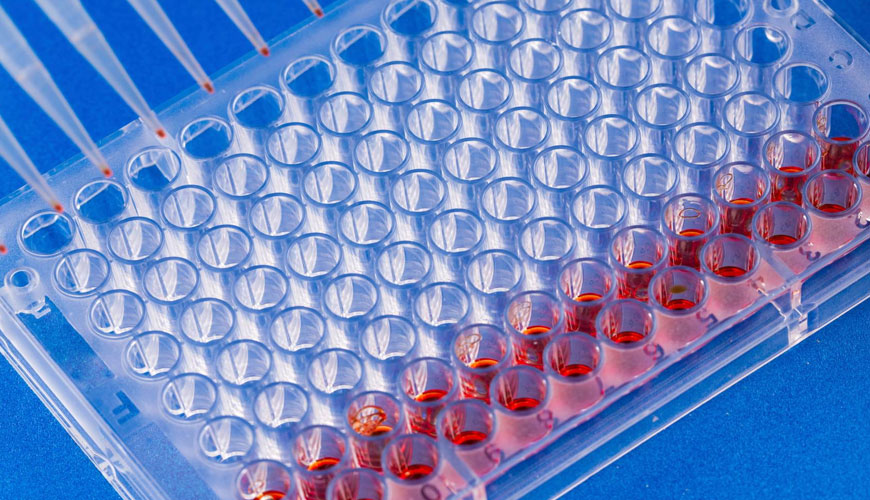

EUROLAB, together with its state-of-the-art accredited laboratories and expert team, provides precise and fast testing services within the scope of OECD 432 testing. Phototoxicity is defined as the toxic response of a substance applied to the body that occurs or increases after subsequent exposure to light or is induced by skin irradiation after systemic administration of a substance.

The in vitro 3T3 NRU phototoxicity test is used to detect the phototoxic potential of a test substance induced by the excited chemical after exposure to light. The test assesses photo-cytotoxicity with the relative decrease in viability of cells exposed to the chemical in the presence and absence of light. Substances identified by this test may be phototoxic in vivo after systemic application and distribution to the skin, or after topical application.
Many types of chemicals cause phototoxic effects. Their common feature is their ability to absorb light energy in the sunlight range. According to the first law of photochemistry, photoreaction requires sufficient absorption of the light quantum. Therefore, before considering biological tests, the absorption spectrum of the OECD test chemical must be determined.
This test method is not designed to predict other adverse effects from the combined action of a chemical and light. In addition, this test is not designed to address indirect mechanisms of phototoxicity, the effects of metabolites of the test substance, or the effects of mixtures.
The in vitro 3T3 NRU phototoxicity test is based on a comparison of the cytotoxicity of a chemical when tested in the presence and absence of exposure to a non-cytotoxic dose of simulated sunlight. The cytotoxicity in this test is expressed as the concentration-dependent decrease in the uptake of the vital dye neutral red when measured 24 hours after treatment with the test chemical and irradiation.
NR is a weak cationic dye that readily penetrates cell membranes without diffusion and accumulates in lysosomes inside the cell. Changes in the cell surface of the fragile lysosomal membrane lead to lysosomal fragility and other changes that gradually become irreversible. Such changes result in decreased NR uptake and binding. Thus, it is possible to distinguish between live, damaged or dead cells, which is the basis of this test.
EUROLAB assists manufacturers with OECD 432 test compliance. Our test experts, with their professional working mission and principles, provide you, our manufacturers and suppliers, the best service and controlled testing process in our laboratories. Thanks to these services, businesses receive more effective, high-performance and quality testing services and provide safe, fast and uninterrupted service to their customers.
To get an appointment, to get more detailed information or to request an evaluation, you can ask us to fill in our form and reach you.